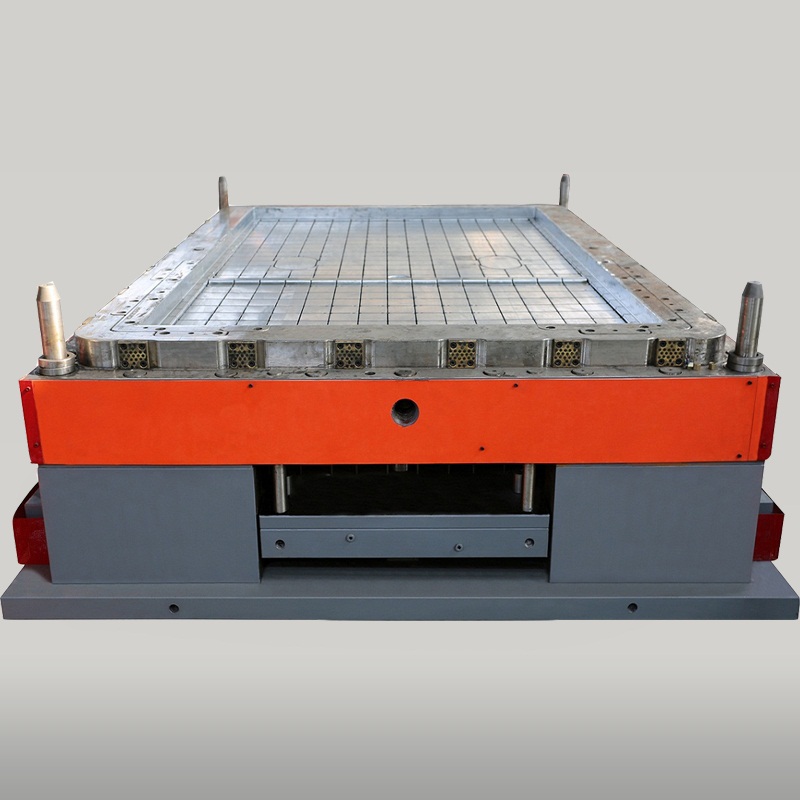Cooling Precision: Unveiling the Impact of the Cooling System in Bathroom Chassis Moulds on Production
2023-11-13
Introduction:
In the intricate world of bathroom manufacturing, where precision and efficiency are paramount, the cooling system within a chassis mould plays a pivotal role. The journey from molten material to refined bathroom components involves a delicate dance of temperature control. In this blog, we delve into how the cooling system in a bathroom chassis mould significantly influences the production process, ensuring the creation of high-quality fixtures that grace our bathrooms.
1. Setting the Stage for Precision:
The cooling system within a bathroom chassis mould is not just about reducing temperature; it's about orchestrating a symphony of controlled cooling. Precision is the keyword, ensuring that the material cools uniformly and at the right rate to maintain the structural integrity and accuracy of the final product.
2. Consistency Across Components:
The cooling system plays a crucial role in achieving consistency across multiple production runs. By regulating the cooling process, manufacturers can ensure that each bathroom component, regardless of its shape or size, undergoes the same controlled cooling cycle. This consistency is vital for meeting quality standards and delivering uniform products to consumers.
3. Minimizing Residual Stress:
During the cooling phase, materials contract as they solidify. A well-designed cooling system minimizes residual stress within the molded components. This is essential for preventing deformations, warping, or structural weaknesses that could compromise the functionality and aesthetics of the final product.
4. Efficient Cycle Times:
Controlling the cooling process directly impacts the overall cycle time of the production process. A well-optimized cooling system allows for faster and more efficient production cycles. Reduced cycle times not only increase productivity but also contribute to cost-effectiveness in manufacturing operations.
5. Preventing Defects and Imperfections:
The cooling system plays a critical role in preventing defects and imperfections in the final products. Proper temperature control ensures that the material solidifies uniformly, minimizing the risk of issues like sink marks, air pockets, or surface irregularities that could compromise the visual and functional aspects of bathroom components.
6. Enhancing Surface Finish:
The cooling process is intricately linked to the surface finish of the molded components. Controlled cooling helps achieve a smooth and flawless surface on bathroom fixtures. This attention to detail enhances the overall aesthetic appeal of the final products, contributing to the quality and visual harmony of bathroom spaces.
7. Material Selection and Compatibility:
Different materials used in bathroom manufacturing may require specific cooling parameters. The cooling system must be designed to be compatible with a range of materials, allowing manufacturers to produce various components without compromising the material's inherent properties or quality.
8. Energy Efficiency:
Efficient temperature control in the cooling system contributes to energy efficiency in the manufacturing process. By optimizing the cooling process, manufacturers can reduce energy consumption, making the production of bathroom components more sustainable and environmentally friendly.
9. Adapting to Material Innovations:
As new materials and composite formulations enter the market, the cooling system must be adaptable to accommodate these innovations. The ability to fine-tune cooling parameters ensures that manufacturers can leverage advancements in materials to create cutting-edge and high-performance bathroom fixtures.
10. Quality Assurance and Longevity:
The cooling system is a cornerstone of quality assurance in bathroom manufacturing. By ensuring that each component undergoes a controlled and precise cooling process, manufacturers can produce high-quality fixtures that stand the test of time, contributing to the longevity and reliability of the final products.
Conclusion:
In the intricate ballet of bathroom manufacturing, the cooling system within a chassis mould emerges as a silent maestro, shaping the destiny of bathroom components. From consistency and efficiency to defect prevention and energy efficiency, the impact of the cooling process resonates throughout the production journey. As manufacturers continue to refine and innovate in the realm of bathroom manufacturing, the cooling system remains a critical element in creating fixtures that seamlessly blend form, function, and longevity.



